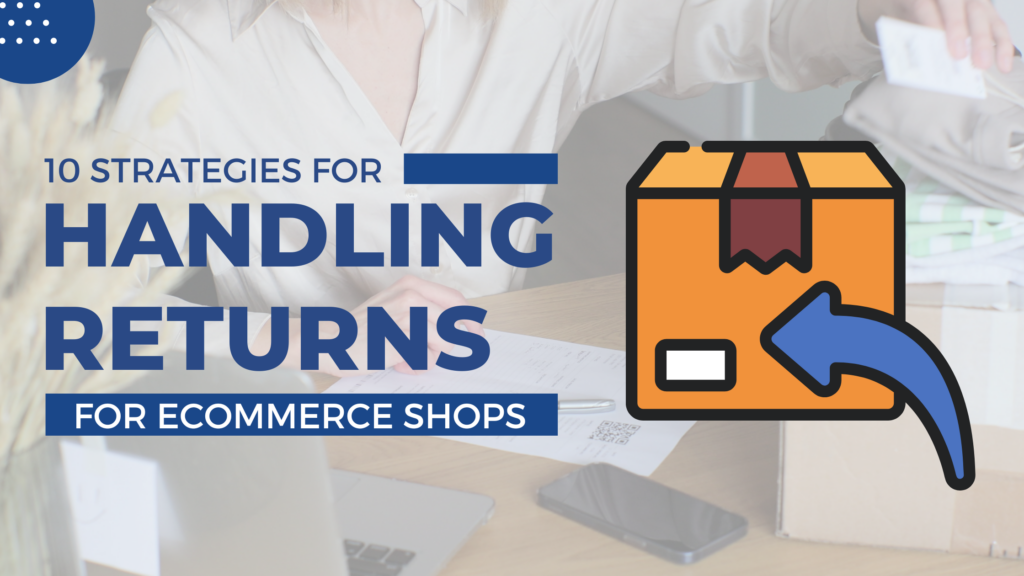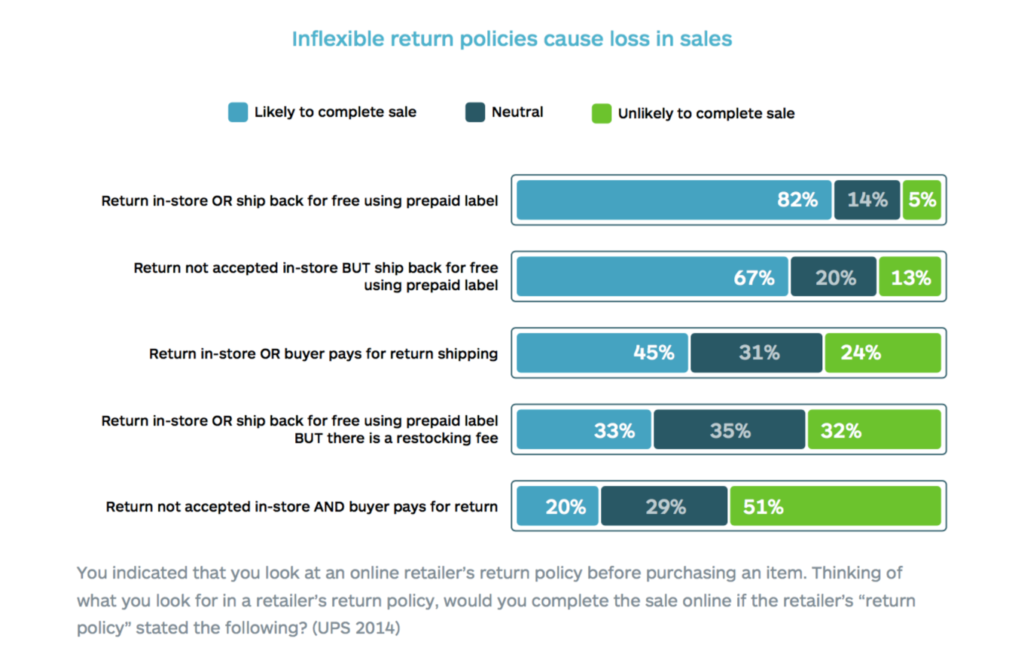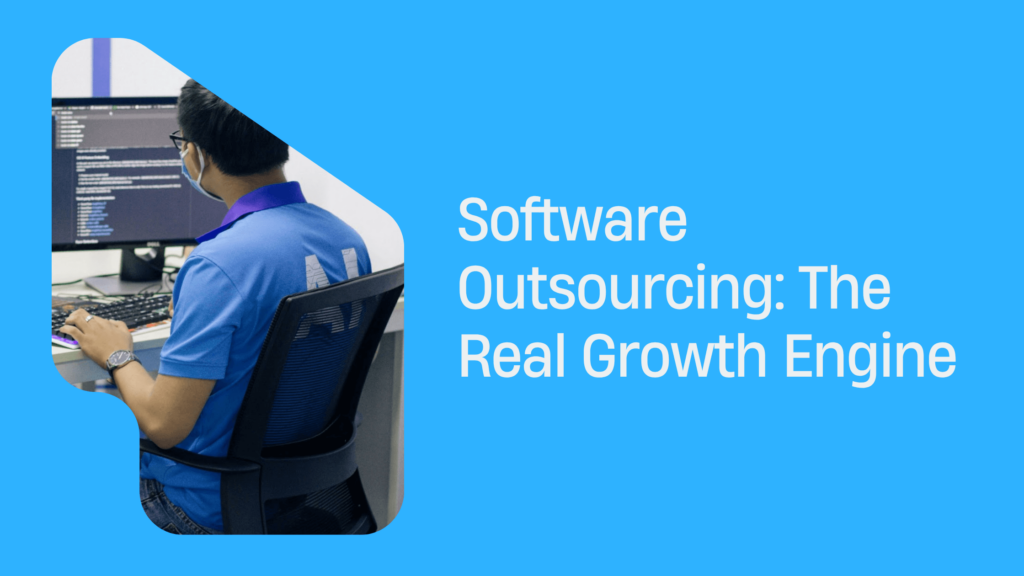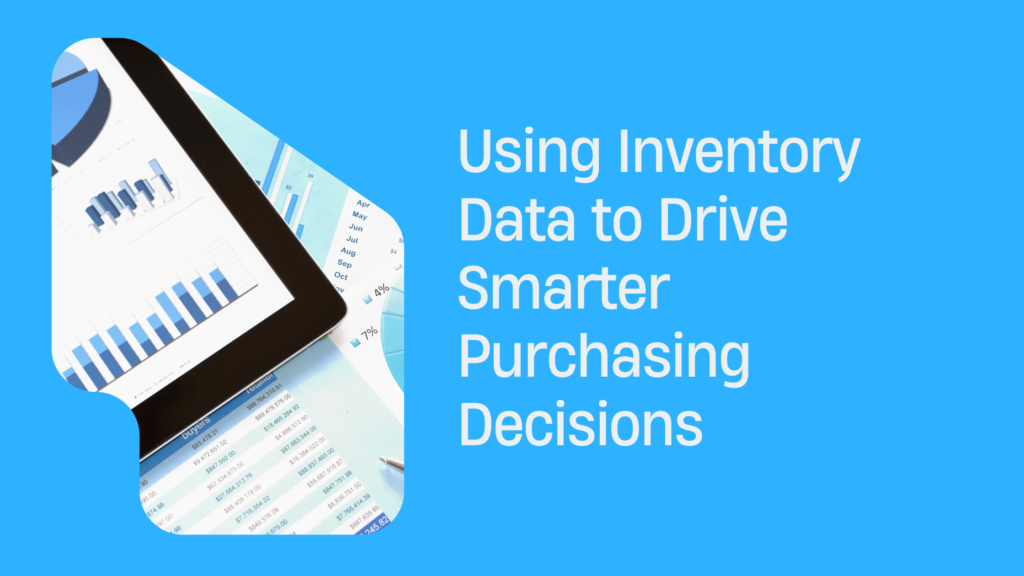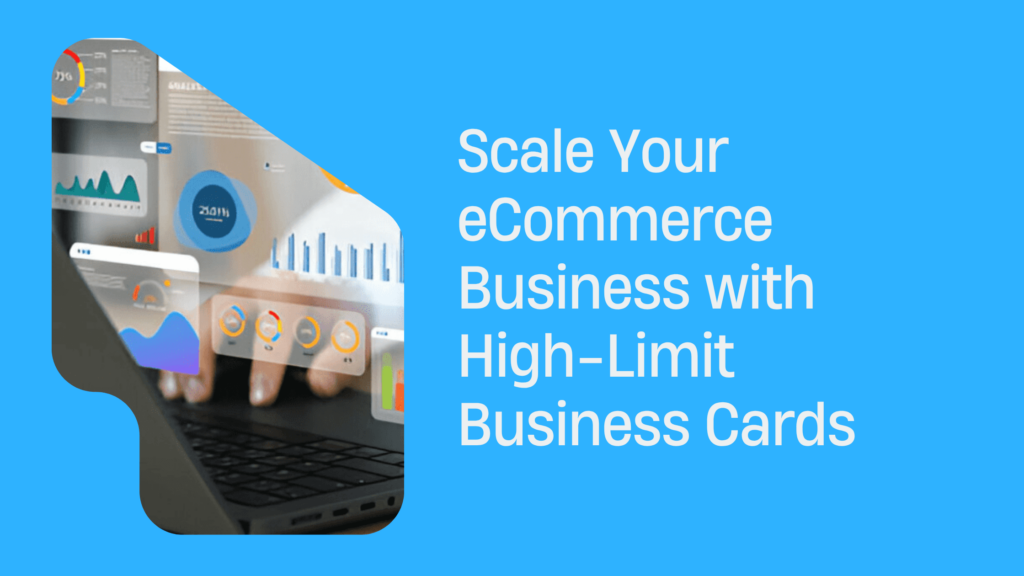10 Strategies for Handling Returns for eCommerce Shops
When focusing on growth, most ecommerce merchants think about shipping as a way of delivering goods to te customers. Reverse logistics – or returns, as they are known to most businesses, are typically an afterthought. However for your customer, it is very important – 88% of customers review the return policy, and 66% do so before purchasing.
Based on your return rates, how you handle returns can help you remain profitable or heavily eat into your profits. As you start to scale your eCommerce shop, here are three topics you need to consider for your return workflow and operations.
1. Have Clear Returns Policies
The number one mistake merchants make is not having clear return policies in plain, easy-to-understand language. Make sure to include some of these key points:
- Which items can or cannot be returned
- The time frame in which you will accept returns
- Who pays for return shipping
- Will the refund be in cash or store credit
- An overall outline of the returns process.
It’s perfectly fine to not accept returns for all the items you sell, you just need to be upfront and clear about the limits.
1a. Have a Separate International Returns Policy
Dealing with international returns is a potential nightmare for the customer and the business. Make sure you have a clear policy in place for international shoppers. Consider only allowing returns on items that make sense to ship back or be clear that international customers have to return items at their own cost. Unfortunately, you probably can’t afford to have the same customer-friendly policy for international customers as you do for domestic customers.
2. To RMA or Not to RMA
RMA stands for Return Merchandise Authorization, which means the customer is required to contact you before returning an item. There are a host of benefits to putting this system in place, such as the ability to work with consumers on alternative resolutions, estimating expected arrival times for returned items at the warehouse, and protection against fraudulent returns. However, an RMA means you need support staff or website capabilities to authorize the returns. It adds an extra step for the customer to take, who already may be dissatisfied with the purchase.
3. Scan-Based (Pay-on-Use) Return Labels
Make it easy for your customers to send back their orders, 52% of customers want to see a return label right in the box. You can use pay-on-use return labels (also known as “scan-based” return labels in the industry) with all your orders. You will only get charged for these labels if and when they are used to ship something back. If your customer never uses the return labels then you will never pay for the label. This can increase customer happiness at a minimal cost to you.
4. Beware of Free Shipping & Free Returns Combination
If you have a free shipping promotion over a certain purchase amount and free return shipping, be aware that some shoppers will purchase items to meet the minimum and then use free shipping to return the unwanted items. Consider only offering free shipping on high-value items to eliminate this disincentive.
5. Track What’s Being Returned
Make sure to track which items are being returned and track the return rate as a percent of total sales on a per-item basis. Chances are, you will be able to identify a handful of items that have a high return rate, at which point you need to figure out why the items are being returned. Make sure to investigate all the possible causes including bad description and photography on the website, poor use instructions, or bad product quality.If you can eliminate the high percentage of return products from your inventory or fix the issue causing the returns, you can easily save time, money, and customer frustration.
6. Simplified Process
A simplified return process involves making it easy and straightforward for customers to return items they’re not satisfied with. This includes providing clear instructions, user-friendly return forms, and prepaid shipping labels. By minimizing complexity and friction in the return process, ecommerce shops can enhance customer satisfaction and encourage repeat business. Simplified processes also help streamline internal operations and reduce the workload associated with handling returns.
7. Timely Communication
Timely communication is essential for handling ecommerce returns effectively. It involves promptly responding to customers’ inquiries and keeping them informed about the status of their return process. By providing updates on return initiation, shipping, and refund processing, you can instill confidence in customers and demonstrate your commitment to resolving their concerns promptly. Effective communication helps manage expectations and fosters trust between the ecommerce store and its customers.
8. Quality Control
Quality control is a vital aspect of handling ecommerce returns. It involves inspecting returned items to ensure they meet the required quality standards before they are restocked or refunded. This process helps prevent the recurrence of issues that led to the return and ensures that customers receive products that meet their expectations. By implementing rigorous quality control measures, ecommerce shops can maintain customer satisfaction and minimize returns in the future.
9. Efficient Processing
Efficient processing refers to quickly and effectively managing returns once they are received by the ecommerce shop. This involves promptly acknowledging receipt of the returned item, inspecting it for quality and condition, and taking appropriate action such as issuing a refund or processing an exchange. By prioritizing efficiency in processing returns, ecommerce shops can minimize delays and provide a seamless experience for customers seeking to return items.
10. Continuous Improvement
Continuous improvement involves regularly evaluating and refining the return process based on customer feedback and industry best practices. It means continuously looking for ways to make the return process smoother, more efficient, and more customer-friendly. By analyzing return data, identifying trends, and implementing changes, ecommerce shops can ensure that their return process evolves and improves over time to better meet the needs and expectations of their customers.
Take a second look at how you’re handling returns right now. Making these operational adjustments can drastically help you improve sales and increase margins.
Guest Contributor: Mikhail Ledvich
Mikhail Ledvich is the Head of Marketing at Shippo, the shipping dashboard and API that connects you to multiple carriers to print labels, track packages, and more! You can connect with directly with Shippo through the API or from Shopify, WooCommerce, Magento, BigCommerce, and many other platforms.i
